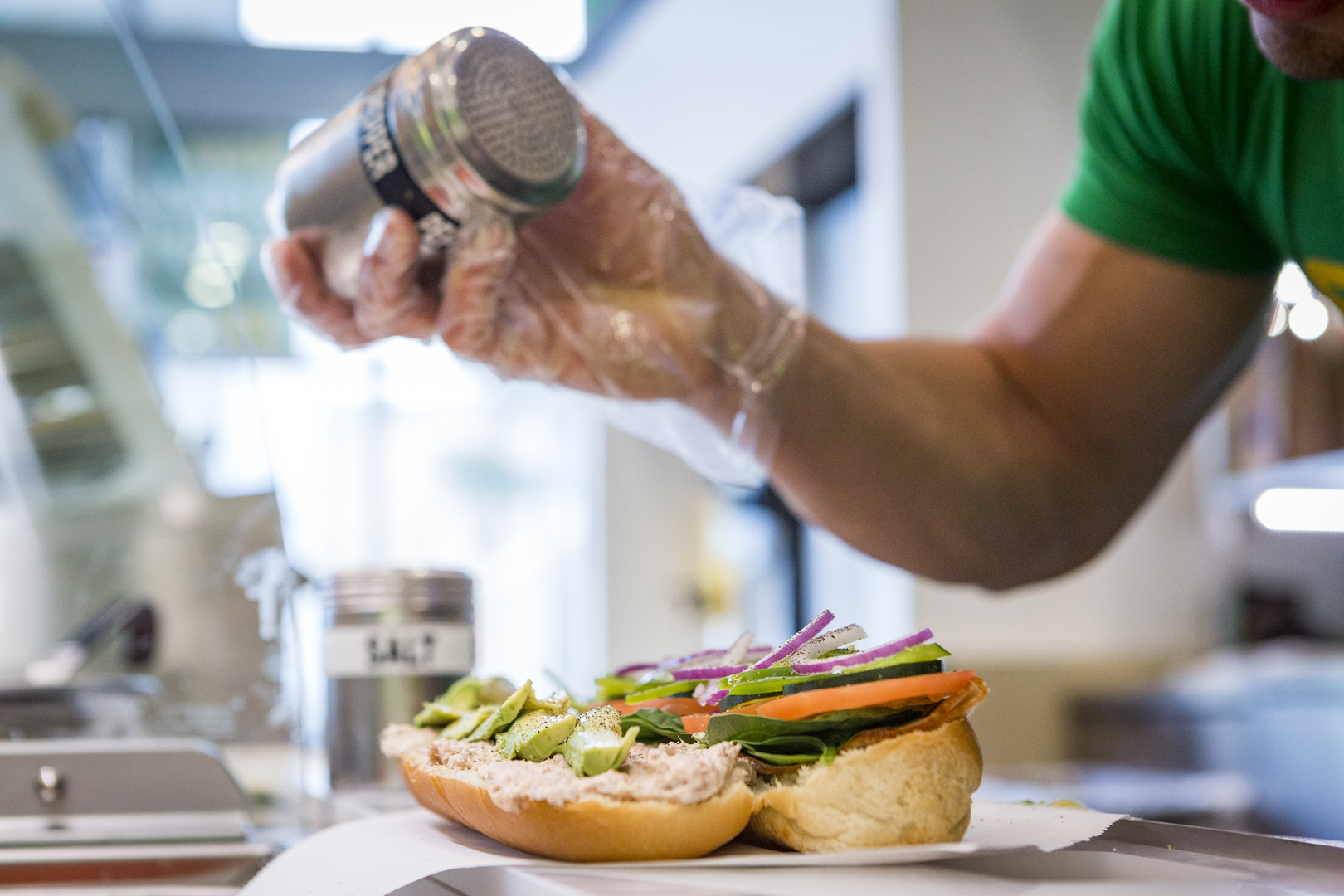Subway Franchise: Costs, Fees, Requirements & Profit Potential
Category: News

Franchise Guide • Updated September 19, 2025
Everything you need to evaluate Subway: investment range, royalty and ad fees, ownership profile, formats and real estate, menu and dayparts, technology, marketing, multi-unit strategy, risks, FAQs, and how to request the latest FDD.
- Quick Facts
- Brand Snapshot
- Business Models & Formats
- Real Estate & Site Criteria
- Build-Out, Remodels & Capex
- Operations & Staffing
- Menu, Dayparts & Guest Experience
- Technology & Digital Ordering
- Marketing & Local Store Marketing
- Startup Costs & Fees
- Requirements
- Earnings & Profit
- Multi-Unit & Non-Traditional Strategy
- Risks & Considerations
- FAQs
- Request FDD
- Territory Availability
- Book a Call
Request the Latest FDD Check Territory Availability Book a 30-Minute Call
Quick Facts (2025)
| Initial franchise fee | $15,000 (U.S.) |
| Total initial investment — Traditional | $263,000–$630,000 |
| Total initial investment — Non-traditional | $227,000–$458,000 |
| Ongoing fees | 8% royalty + 4.5% ad fund |
| Approx. U.S. unit count | ~20,000 locations |
Confirm exact fees and ranges in the current FDD for your market.
Brand Snapshot
Subway is one of the world’s largest quick-service restaurant brands. Hallmarks include made-to-order sandwiches, strong brand recognition, and flexible footprints that fit a wide range of real estate. The brand continues modernization across menu innovation, restaurant remodels, loyalty, and selective expansion in both traditional and non-traditional venues.
Business Models & Formats
- Traditional in-line/end-cap for neighborhood centers and street retail
- Drive-thru capable sites where zoning and lot depth allow
- Non-traditional such as airports, colleges, hospitals, convenience, military bases
- Satellite/limited menus for captive venues and short-term placements
Format choice affects build-out, capex, staffing levels, hours, and achievable sales mix.
Real Estate & Site Criteria
Strong sites tend to pair daily traffic with consistent meal-occasion demand. Common filters include visibility, signage, ingress and egress, nearby anchors or daytime drivers, parking availability, and trade-area demographics. Corner visibility and co-tenancy with grocery, fitness, or big box can help. For non-traditional, captive traffic, queue management, and throughput are critical.
Build-Out, Remodels & Capex
Investment varies by lease condition, tenant improvement allowance, kitchen package, signage, and any drive-thru. Remodels and brand refresh programs aim to improve the guest experience and operational flow. Budget for equipment lead times, permitting, and a reasonable opening-cash cushion for the first months of operations.
Operations & Staffing
Subway’s operating model is built around speed, consistency, and food safety. Most traditional locations operate with a lean crew per shift, rising during peaks. Recruiting, scheduling, and training systems should support lunch peaks and any breakfast or late evening strategy. Manager oversight is a major driver of labor efficiency and guest experience.
Menu, Dayparts & Guest Experience
Menu features customizable sandwiches, salads, and sides, with ongoing innovation cycles. Core dayparts are lunch and dinner, with breakfast and late night possible by market. Product mix depends on local preferences, pricing, and promotional cadence. Clean service lines, ingredient presentation, and order accuracy impact repeat visits and catering wins.
Technology & Digital Ordering
Modern Subway restaurants use an approved POS platform with integrated payments, loyalty, remote ordering, and third-party aggregator connectivity. Digital readiness affects throughput, ticket growth, and catering potential. Staying current on hardware, software, and policy updates is part of the brand’s standards.
Marketing & Local Store Marketing
System advertising supports national awareness, seasonal promotions, and loyalty campaigns. Local store marketing should layer in geo-targeted offers, nearby employer outreach, school and sports partnerships, and catering to offices and events. Consistent local activity helps smooth seasonality and builds community ties.
Startup Costs & Fees
| Cost / Fee | Typical Amount | Notes |
|---|---|---|
| Initial franchise fee | $15,000 | Per location, U.S. (Item 7) |
| Total initial investment — Traditional | $263,000–$630,000 | Leasehold, equipment/signage, permits, opening funds |
| Total initial investment — Non-traditional | $227,000–$458,000 | Captive venues; scope/lease terms drive variance |
| Royalty | 8% of gross sales | Assessed weekly |
| Advertising fund | 4.5% of gross sales | Assessed weekly |
What moves your budget: leasehold condition, TI allowance, equipment and signage packages, any drive-thru, local labor and permit costs, and opening inventory and additional funds.
Requirements
Lenders typically expect personal liquidity appropriate to the project size, clean credit, and a realistic operating plan. Experience with QSR or multi-unit management helps, especially for non-traditional venues or multi-store growth. Confirm current qualification details in the FDD and with the brand.
Earnings & Profit
Outcomes depend on sales and cost discipline. Track food and paper, labor, occupancy, and ongoing fees. Review the current FDD for any sales disclosures and validate with multiple operators in similar trade areas. Build a conservative pro forma and run sensitivity tests for sales, labor, and COGS shifts.
Important: Past performance does not guarantee future results. Your results will vary. Consult the current FDD and your advisors before investing.
Multi-Unit & Non-Traditional Strategy
Many owners pursue growth through multi-unit development, refranchising, or non-traditional placements. Advantages include shared management, tighter food and labor controls, and local marketing scale. Success depends on disciplined site selection, training bench strength, and capital planning for remodels and refresh programs.
Risks & Considerations
- Ongoing fee load compared to some concepts
- Real estate and competition in mature trade areas
- Labor availability and wage trend sensitivity
- Execution risk on remodels, digital ordering, and catering
- No exclusive territory and potential nearby units in dense markets
FAQs
How much does a Subway franchise cost in 2025?
What are Subway’s royalties and ad fees?
Is Subway still franchising in the U.S.?
Who owns the brand?
Request the Latest Subway FDD
Check Territory Availability
Tell me the city or ZIP you are exploring. I will confirm availability and reply within 2–5 business days.
Book a 30-Minute Call
Walk through costs, financing, timelines, and next steps.
This page is for informational purposes only and is not an offer to sell a franchise. Any franchise offer is made only by a Franchise Disclosure Document (FDD) in compliance with federal and state laws. Results vary. Consult the current FDD and your professional advisors.

